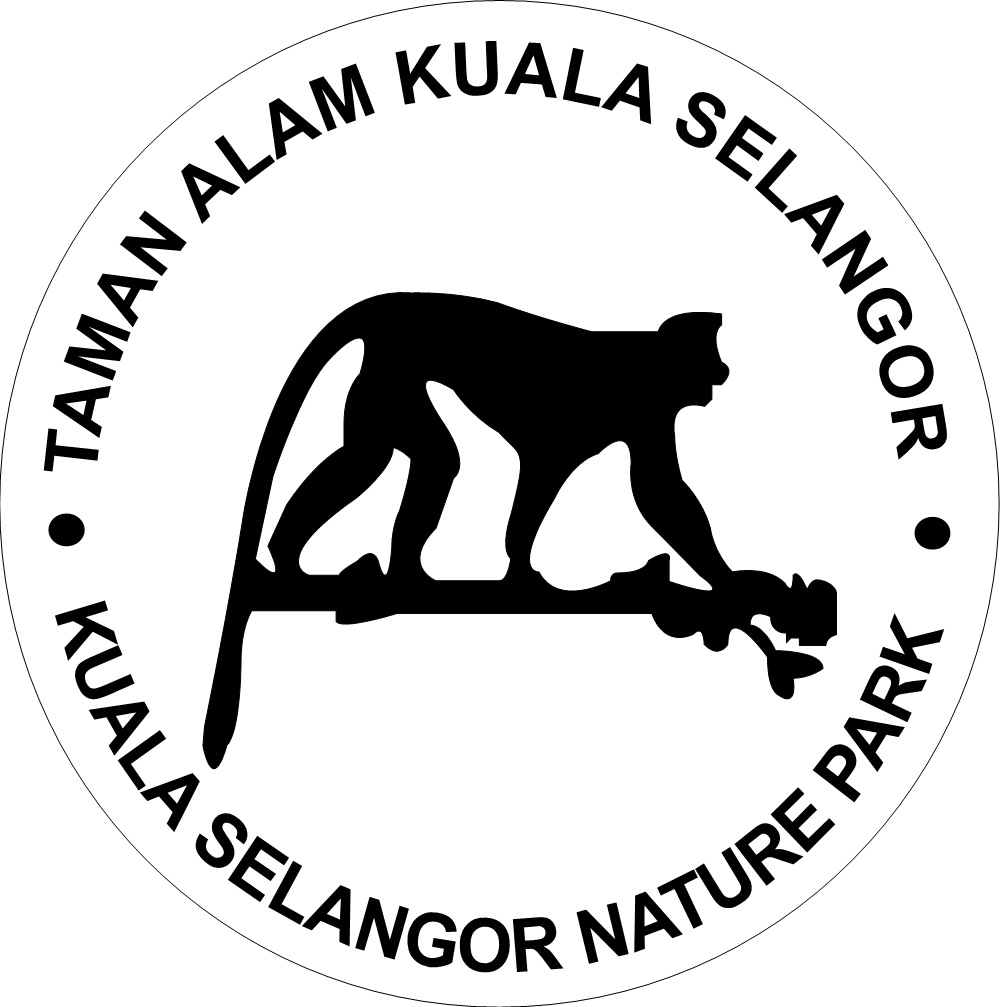Kuala Selangor, situated approximately 70 km north of Kuala Lumpur, on the west coast of Peninsular Malaysia is an important conservation area for coastal and riverine mangroves. The coastline, consisting of extensive mudflat and mangrove habitats, is noted as staging and wintering sites for migratory waterbirds where waterbird-ringing programmes were conducted twenty tree years ago. These habitats also support the robust local economy through an extensive artisanal fisheries activity. There have been many changes to the coastal habitat structure of Kuala Selangor. The construction of a coastal bund left a healthy band of mangroves on the seaward side while the mangroves inland of the bund gradually dried up and were replaced by a secondary forest. The secondary forest is presently dominated by figs. Other flora that can be observed include the sea almond (Terminaliacatappa), bird lime tree (Cordiadichotoma), climbers and ferns. Further along the coast land was also cleared for saltpans and a new township on year 1965. As a result of this, the waterbird migratory inland roosting site was disturbed. In response to the disturbance of the migratory site for waterbirds, the Malaysian Nature Society (MNS) with the consent of the Selangor State Government helped design what is now known as the Kuala Selangor Nature Park (KSNP). The park is located on the southern side of the Sungai Selangor near the town of Kuala Selangor in the state of Selangor. The park is currently gazaetted as a reserve for a public purpose under the National Land Code 1965. The park’s northern boundary is the Sungai Selangor estuary while on its western side it faces the Straits of Malacca. Its eastern boundary is adjacent to the old Kuala Selangor township while its southern boundary borders the new Kuala Selangor township. The establishment of Kuala Selangor Nature Park (KSNP) was proposed in 1987 by MNS as an alternative to a then proposed golf course. The park is presently managed by the Malaysian Nature Society (MNS) for the Selangor State government. The endangered silvered leaf-monkey (Trachypithecuscristatus) was chosen as the park’s logo. The park consists of an excavated shallow lake with islands to enhance its wildlife habitat. It is housed within a 324 hectare of land comprising coastal mangroves (104 hectare), secondary forest (200 hectares), a brackish water lake (20 acres) and coastal mudflats. Besides its diverse habitats, the park plays a significant role in mangrove conservation. It acts as a sanctuary for many mammals, local and migratory birds and also for other marine life. KSNP shelters over 156 species of local and migratory birds, mammals, insects, mollusks, crabs, fish, reptiles and amphibians. It is also home to many special animals such as mudskippers, mud lobster, king crab, otters, leopard cat and the silvered leaf-monkey. Some of these fauna are classified as threatened. The lake system at the park is man-made, with specific aim to attract birds to roost and to feed. Several rest huts and two watchtowers around the lake allow bird watchers vantage points to rest and watch birds. At the same time numerous monitor lizards and the occasional smooth otter can also be spotted at the lake. The wildlife in the park is free to roam and the chance of spotting any depends on one’s attitude, where the quieter one is, the greater the chance. Timing is also important because if one arrives in the afternoon, the chances are high for spotting raptors gliding the thermal air streams, while the chances of seeing egrets or heron are reduced. Several Environmental Educational activities such as guided tours, mangrove ecology, birdwatching, night walk, nature game, talks, etc., can be organised upon request. The participant will be stay in hostels.
Kuala Selangor Nature Park

